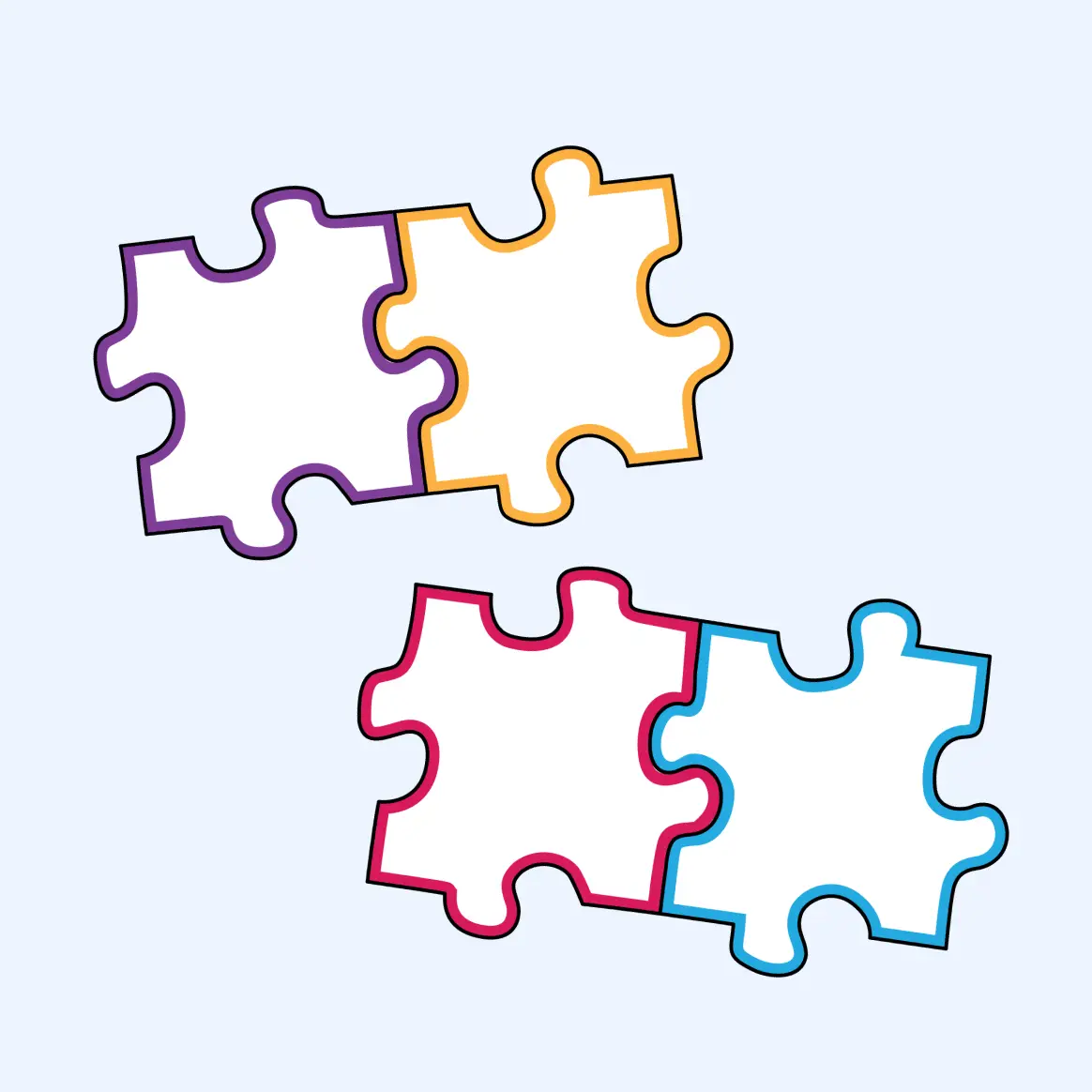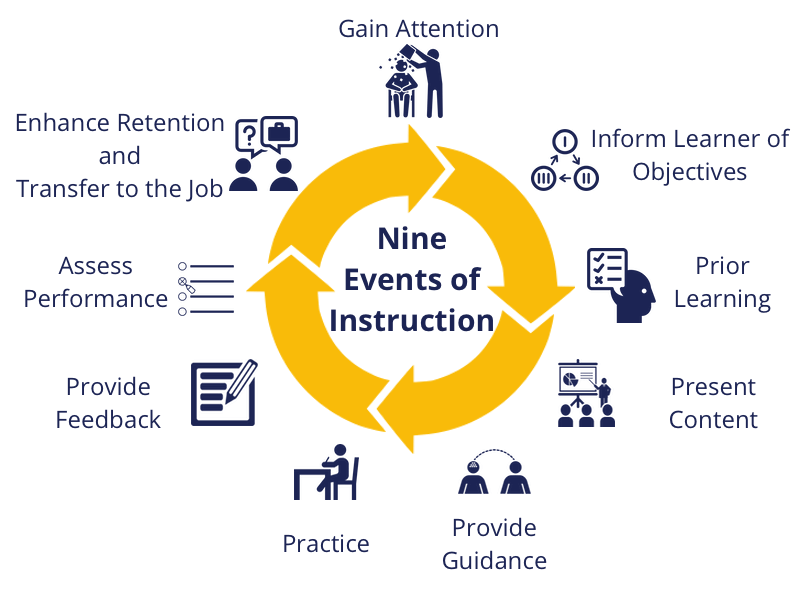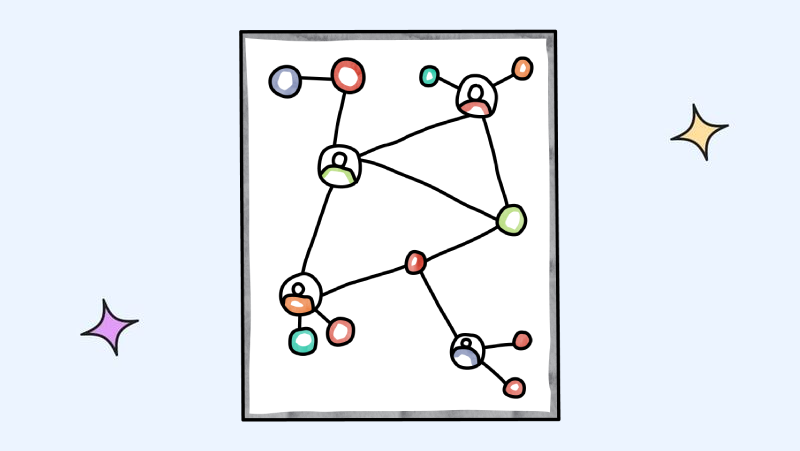Gagné's Nine Events of Instruction
Gagné's Nine Events of Instruction offer a step-by-step framework for delivering instruction that aligns with how people naturally process, apply, and retain new information.

The Power of Instructional Structure
Gagné's Nine Events of Instruction offer a step-by-step framework for delivering instruction that aligns with how people naturally process, apply, and retain new information. Introduced by educational psychologist Robert Gagné in 1965, this model breaks learning into nine essential stages, each supporting cognitive readiness and retention in different ways. The strength of Gagné's Nine Events of Instruction lies in how it maps directly to cognitive learning processes.
More than just a checklist, these events mirror the natural flow of human learning: from initial attention and recall, to active engagement, feedback, and long-term application. When applied correctly, the framework strengthens both engagement and instructional integrity, across classrooms, eLearning environments, and professional training programs.
Just as Piaget's Theory of Cognitive Development explains how thinking evolves over time, Gagné's model gives educators and designers the tools to support learning at every stage of that evolution.

The Principles
1. Gain Attention
Purpose: Prepare learners cognitively by capturing their focus.
Example in action: In an onboarding module for new healthcare employees, the training begins with a short animation of a real emergency scenario, followed by a question: "How would you respond?"
This opening taps into emotional engagement and triggers curiosity, prompting learners to focus on what comes next.
2. Inform Learners of Objectives
Purpose: Help learners understand what they will be able to do upon completion.
Example in action: Before starting a technical compliance module, learners are shown: "By the end of this module, you will be able to identify three types of data breaches and report them using the proper internal protocol."
Objectives provide context and expectation, setting clear learning targets and enhancing motivation.
3. Stimulate Recall of Prior Learning
Purpose: Activate relevant knowledge structures and make connections.
Example in action: In a course about adult learning principles, the first activity prompts learners to reflect on the last time they completed an online course and to identify what helped them stay engaged.
This primes the brain by anchoring new learning to existing memory networks, which supports transfer and comprehension.
4. Present the Content
Purpose: Deliver the core instructional material clearly and coherently.
Example in action: An eLearning course on workplace communication breaks the topic into modules, each one pairing concise narration with illustrations and a guiding framework like SBAR (Situation, Background, Assessment, Recommendation).
Chunking information and combining it with visual scaffolding reduces cognitive overload, enhancing comprehension.
5. Provide Learning Guidance
Purpose: Help learners make sense of new content through support strategies.
Example in action: During a financial literacy training, learners receive a guided walkthrough of a sample budget. Each section includes prompts like "Notice how fixed expenses are listed before discretionary ones, why might that matter?"
Such embedded cues guide attention and prompt deeper reasoning, which improves retention.
6. Elicit Performance (Practice)
Purpose: Allow learners to apply knowledge in a meaningful context.
Example in action: In a course on emergency response, learners complete drag-and-drop scenarios, choosing the correct sequence of actions during a fire alarm in a school.
This active performance stage is critical for encoding learning through experience, not just exposure.
7. Provide Feedback
Purpose: Reinforce correct understanding and help correct mistakes.
Example in action: After each emergency response scenario, the system provides corrective feedback: "You chose to call for evacuation before identifying the alarm source. In most cases, safety protocol recommends…"
Immediate, targeted feedback enables learners to adjust their thinking before misconceptions become habits.
8. Assess Performance
Purpose: Measure achievement against stated objectives.
Example in action: Learners complete a knowledge check where they must identify risk categories in a realistic work scenario and choose correct reporting paths.
This confirms whether they can apply what they've learned, closing the loop between learning outcomes and real-world readiness.
9. Enhance Retention and Transfer
Purpose: Ensure learning is retained and used outside of the learning environment.
Example in action: After a leadership course, learners receive automated follow-ups via LMS, including reflection prompts and short practice scenarios spaced over the next four weeks.
Spaced learning and real-world integration strengthen the likelihood that knowledge will be applied when it matters most.
When applied systematically, Gagné’s Nine Events of Instruction serve as a blueprint for designing effective, learner-centered experiences.
| Event | Purpose | Example Activity |
|---|---|---|
| Gain Attention | Capture focus and interest | Start with an emotionally charged video or question |
| Inform Objectives | Clarify learning goals | List outcomes in action-based language |
| Stimulate Recall | Activate existing knowledge | Prompt prior experiences or quiz on earlier material |
| Present Content | Deliver core information | Use chunked visuals, frameworks, or interactive slides |
| Provide Guidance | Clarify complex ideas | Step-by-step walkthroughs or examples |
| Elicit Performance | Let learners apply skills | Simulations, games, or real-life problem-solving |
| Provide Feedback | Reinforce or adjust understanding | Scenario-based explanations with corrective reasoning |
| Assess Performance | Evaluate learning outcomes | Quizzes or performance tasks mapped to objectives |
| Enhance Retention & Transfer | Support long-term application | Spaced prompts, reflection tasks, or real-world follow-up |

While Gagné's model focuses on instructional events, it fits neatly into broader theories of how learning unfolds. For example, Piaget's Theory of Cognitive Development describes the mental stages that shape a learner’s readiness. Together, these models help educators design lessons that are not only well-structured but cognitively appropriate for their audience.
In my role as an instructional designer, Gagné's Nine Events of Instruction have become a strategic foundation for developing high-impact learning solutions. Whether crafting onboarding programs, compliance training, or complex eLearning curricula, this model provides a systematic approach to ensure instructional alignment, cognitive engagement, and long-term retention. Its versatility across modalities, face-to-face, digital, and blended, makes it an indispensable framework for designing learning that performs at both strategic and learner levels.
Across projects and platforms, Gagné's Nine Events of Instruction continue to support measurable learning outcomes and scalable content delivery.
Gagné's Nine Events of Instruction remain one of the most structured, research-backed models for building effective learning. By intentionally guiding attention, supporting engagement, and scaffolding memory, this approach turns passive content delivery into meaningful instruction.
In a world filled with rapid eLearning production, revisiting this foundational model reminds us that effective learning is not about pace or polish alone, it's about design that respects how people truly learn.
Discussion Prompts
- Which of the nine events do you already use in your lessons or designs?
- Are there stages you tend to skip or underestimate?
- How might you apply this model in digital training, LMS environments, or blended learning experiences?


